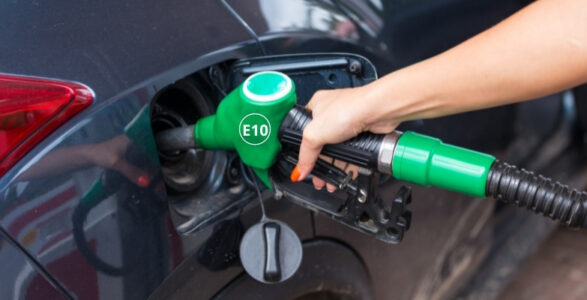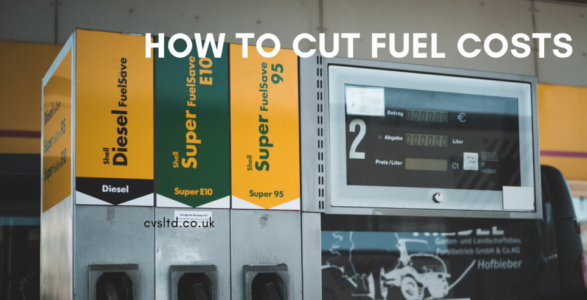Misfuelling: What to Do When You Fill Your Car with the Wrong Fuel
Published 22 February 2024
What Is Misfuelling?
Misfuelling occurs when you inadvertently fill your car with the incorrect type of fuel. The most frequent mix-up is putting petrol in a diesel car. Why? Blame it on the nozzle size – diesel pumps have wider nozzles than their petrol counterparts. But don’t worry; there’s hope if you act swiftly.
The Big Differences
Petrol and diesel are fundamentally different fuels. Petrol ignites by spark, while diesel ignites by compression. Putting the wrong fuel in your car can wreak havoc:
- Petrol in Diesel: Petrol lubricates poorly, damaging pumps and injectors. It can also cause engine knocking and even seize the engine.
- Diesel in Petrol: Diesel doesn’t ignite properly in petrol engines, leading to misfiring, smoke, and potential engine damage.
Symptoms of Misfuelling: Petrol in a Diesel Car
- Difficulty Starting: If your car struggles to start, suspect misfuelling. Diesel engines dislike petrol, and it can wreak havoc.
- Noisy Engine: A noisier-than-normal engine could be a tell-tale sign of petrol contamination.
- Loss of Power: Misfuelling can sap your car’s power, making acceleration sluggish.
- Smoky Exhaust: Black fumes from the exhaust indicate unburnt petrol.
Symptoms of Misfuelling: Diesel in a Petrol Car
- Knocking Sounds: Diesel in a petrol engine leads to loud knocking noises.
- Poor Acceleration: Slower-than-usual acceleration? Check your fuel.
- Engine Warning Light: If that ominous light glows, misfuelling might be the culprit.
What to Do
- Do Not Start the Engine: Whether you’ve put petrol in a diesel car or vice versa, do not start the engine. Turning the key further will pump contaminated fuel into critical components.
- Avoid Ignition: Even turning the ignition fully is risky. Instead, unlock the steering wheel and seek help.
- Stay Clear of Pumps: If you’re still at the petrol station, push your vehicle away from the pumps to a safe spot. Don’t create a queue behind you.
- Call for Assistance: Contact your breakdown cover provider or a specialist fuel drain service immediately. They’re well-versed in misfuelling procedures.
- Drain the Fuel System: To save your engine, the entire fuel system must be drained. Some breakdown services can do this roadside. Otherwise, tow your car to a garage.
- For diesel cars, drain the tank, fuel lines, and filter.
- Refill the tank and prime the system to remove air.
- Inform Your Insurer: Keep your insurer in the loop. It’ll make claiming for repairs easier if needed.
Preventing Misfuelling: Tips to Remember
- Pay Attention: Double-check the fuel type before filling up.
- Use Labels: Consider using fuel-type labels near your fuel cap.
- Consider misfuelling prevention devices: Some filler necks have misfuelling prevention features, or you can purchase adapters.
Remember: Misfuelling happens, but by staying calm, acting quickly, and taking preventative measures, you can minimise the damage and get back on the road safely.
Worried About Your Credit? Lease a Car with Confidence
CVS provides affordable leasing options, no matter your credit history.




